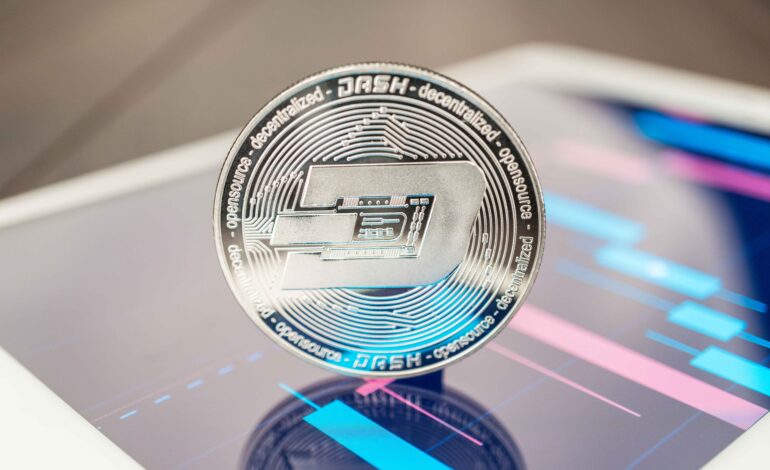💡 What Is DeFi?
A Simple Beginner’s Guide to Decentralized Finance
Have you ever thought,
“Why do I need a bank to move my own money?”
Or wondered why sending $100 across the world takes days and fees?
That is the kind of thinking that led to DeFi — short for Decentralized Finance — and it is becoming one of the most interesting (and risky) parts of the crypto space.
If you are interested, but don’t know where to begin, this guide is for you.
No hype. No jargon. Just the basics, explained like you were chatting with a friend.
🤔 So… What Is DeFi Exactly?
DeFi is a new way to do finance — without banks, brokers, or middlemen.
The concept entails an entirely new way of performing financial functions without traditional financial institutions — rather, DeFi does this through blockchains and smart contracts (mostly on Ethereum) and allows individuals to:
-
Borrow, lend, and loan money
-
Earn interest on their crypto
-
Trade tokens instantly
-
Insure their assets
-
Invest in tokenized stocks or synthetic assets
All of these functions are executed through code — not a company.
There is no approval, no paperwork — just your wallet and an internet connection.
⚙️ Okay, but how does it work exactly?
The magic of DeFi is in smart contracts = code that sits on the blockchain.
It’s like a little app that will automatically do things with money when certain conditions are met.
For example, if you lend 1 ETH on a DeFi application like Aave, the smart contract takes care of:
-
Who can borrow it
-
What interest you get
-
What happens if they don’t pay it back
No humans involved, and no one holding your money except… you.
🔁 What is DeFi’s Contrast to Traditional Finance?
Here’s a side-by-side:
| Feature | Traditional Finance | DeFi |
|---|---|---|
| Controlled by | Banks, institutions | Code (smart contracts) |
| Access | Sometimes limited (KYC, ID) | Open to anyone with a wallet |
| Speed | Hours or days | Seconds or minutes |
| Transparency | Private ledgers | Public blockchains |
| Risk | Lower, more regulation | Potentially higher, more experimental |
🔍 Real Things You Can Do With DeFi
This isn’t just theory — people are already using DeFi for tons of real applications:
🔁 Swap tokens instantly
There is no account to create!
💸 Earn interest on lending
You can lend your stablecoins on Compound or Aave and earn interest automatically.
🌾 Yield farming
You can provide liquidity to a trading pool and earn fees + tokens
(and watch the risks as well — we will talk more about that shortly).
🪙 Minting stablecoins
Platforms like MakerDAO will allow you to lock up some crypto, and then like a secure vault, you can generate DAI (a stablecoin!) —
Basically, you’re printing your own digital dollars.
🔐 Sounds Cool. Is it safe?
While the technology is powerful, it is also:
-
New
-
Complicated
-
Sometimes at serious risk of hacks, bugs, or bad actors
If you’re not careful, you may:
-
Lose your crypto by interacting with a malicious smart contract
-
Get rugged (a scam where the project disappears with your money)
-
Make one simple mistake and lose your wallet access forever
💬 Rule number one: Only put in what you can afford to lose.
💬 Rule number two: Start small, learn by doing, and double-check everything.
🧰 What Do I Need to Try DeFi?
Getting started is easier than you think:
-
Buy some crypto
Usually ETH or stablecoins via an exchange like Coinbase, Binance, etc. -
Connect to a DeFi app (dApp)
Go to a site like uniswap.org or app.aave.com and connect your wallet. -
Try it out thoughtfully
Try swapping tokens or lending a small amount — see how it works!
🧠 Final Thoughts
DeFi is not just a buzzword — it is fundamentally changing:
-
How money moves
-
How people invest
-
How global finance may function in the future
Are there problems? Absolutely.
Is it a risk? 100%.
Is it worth trying out?
If you are interested in crypto and the future of finance — 100%.
Just remember to:
-
Go slow
-
Ask questions
-
And recognize — now you’re your own bank.





